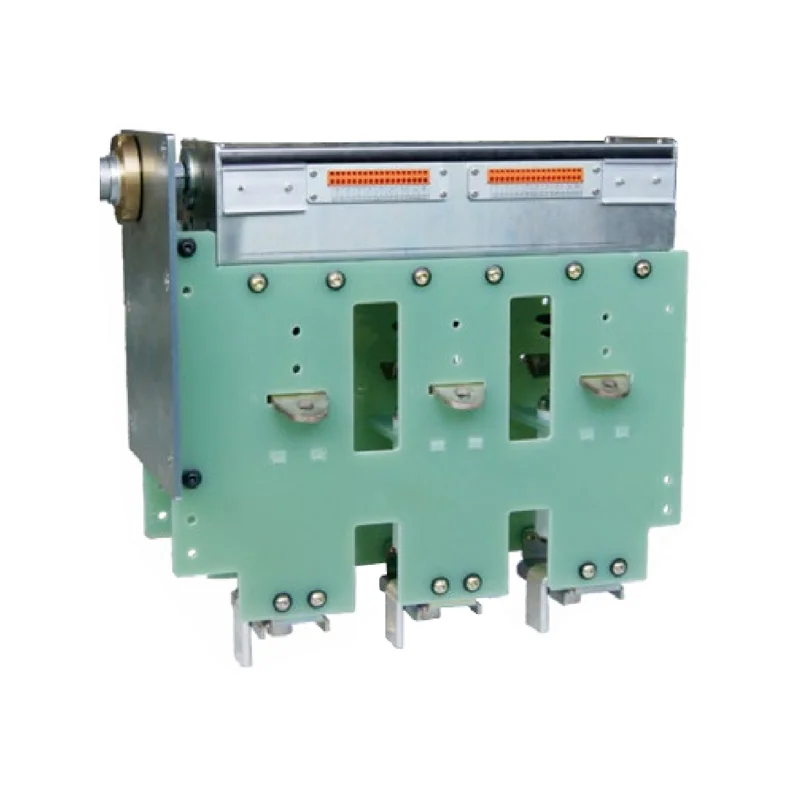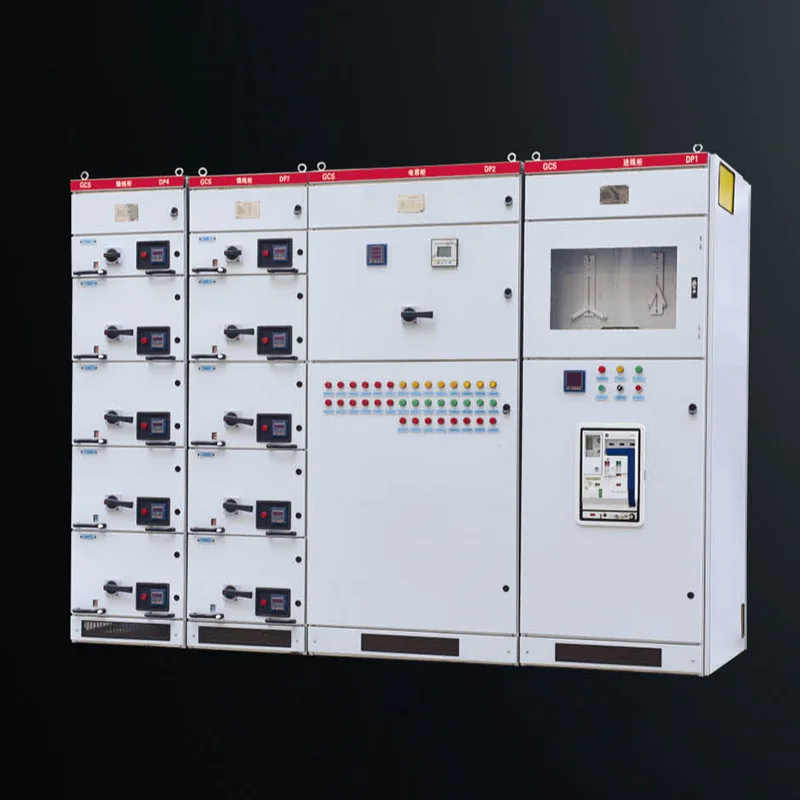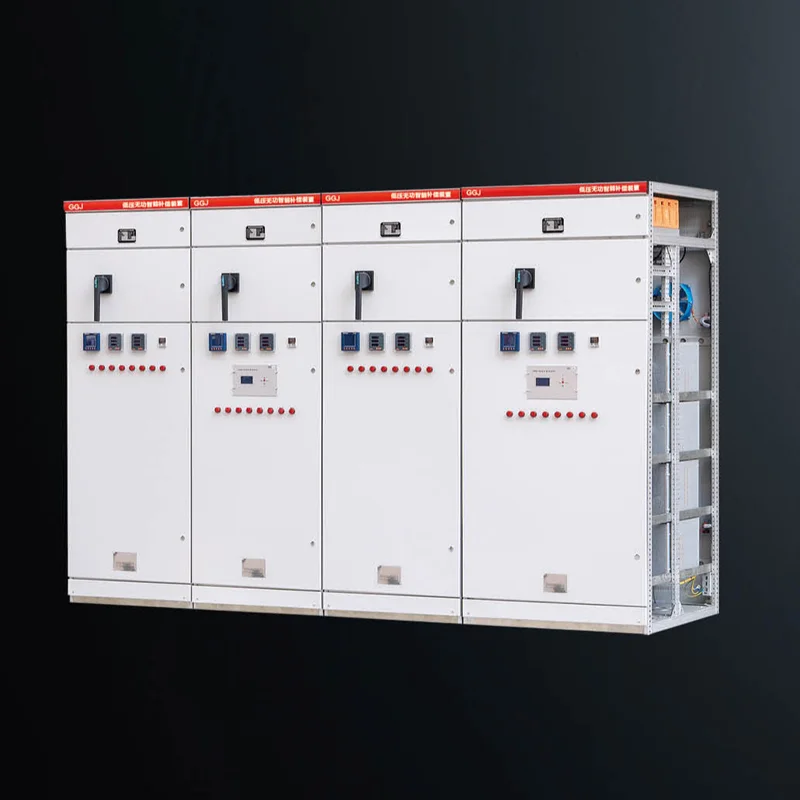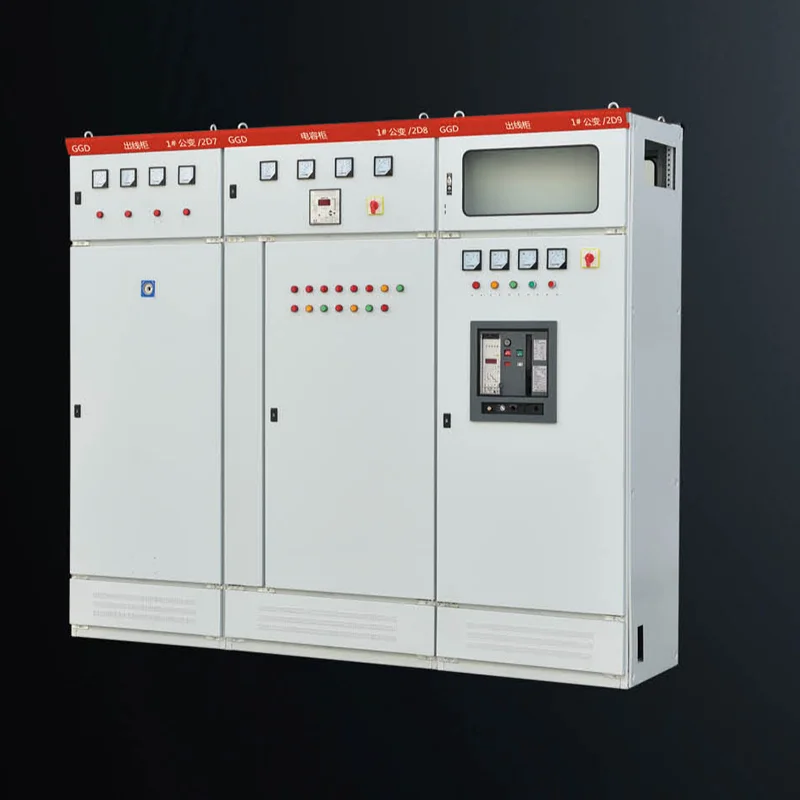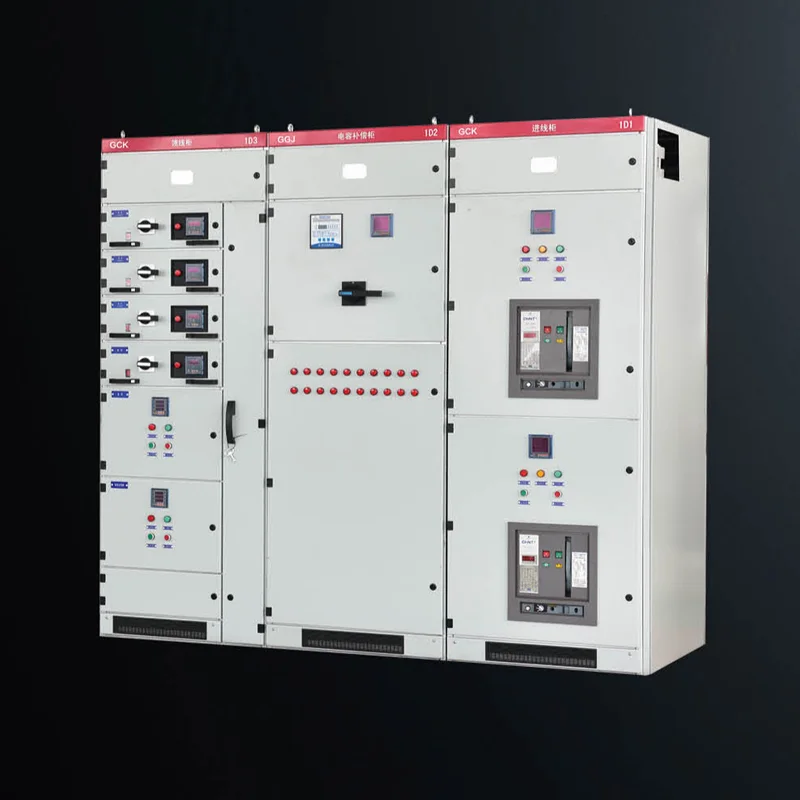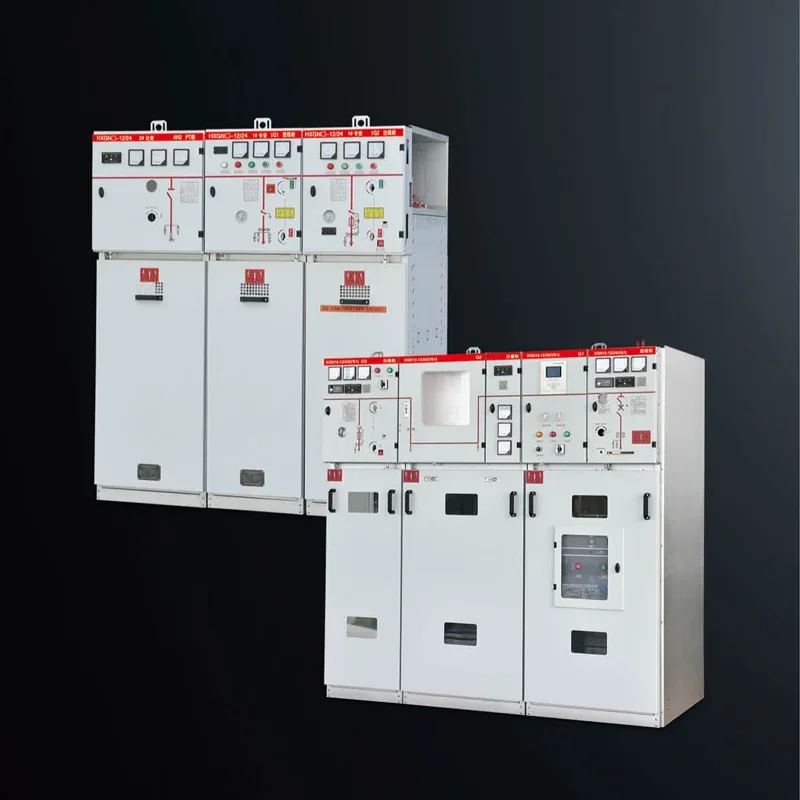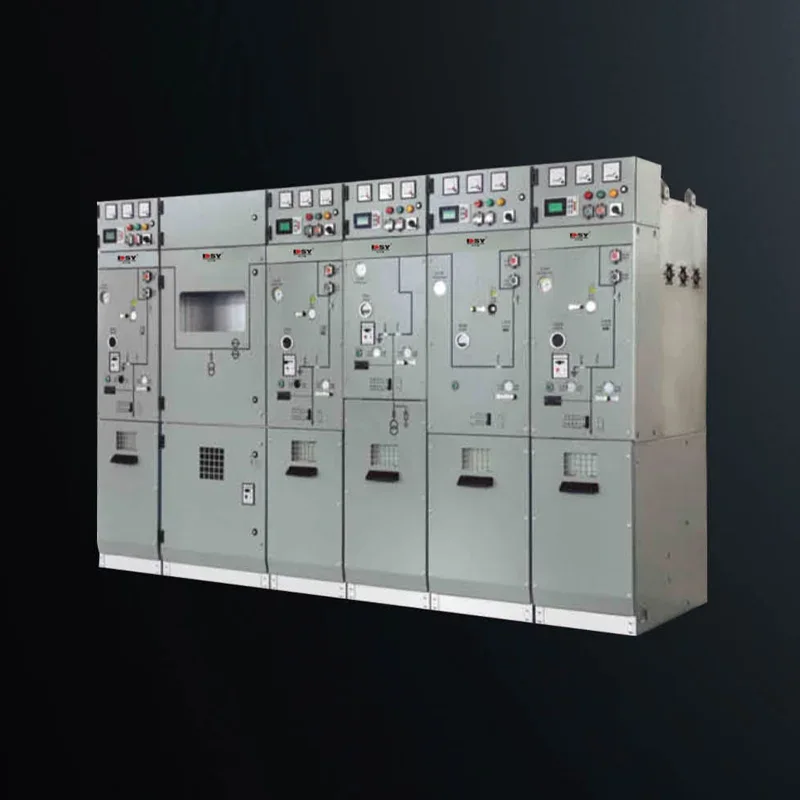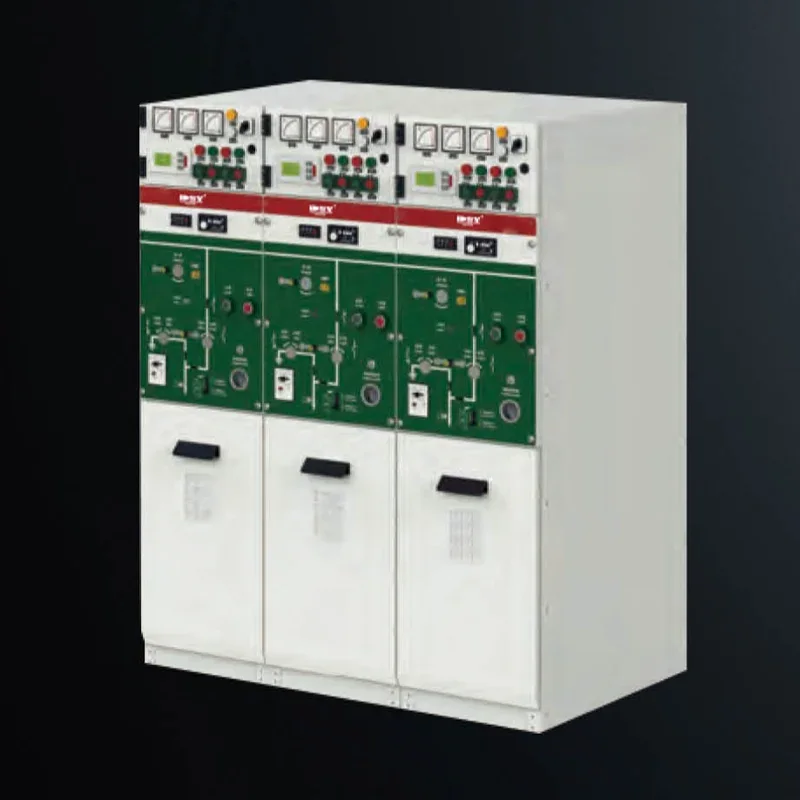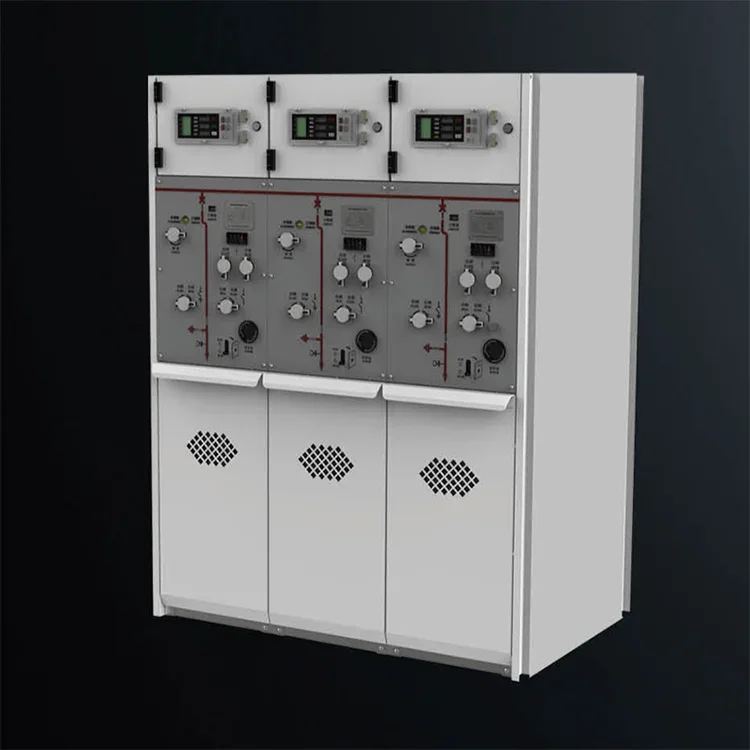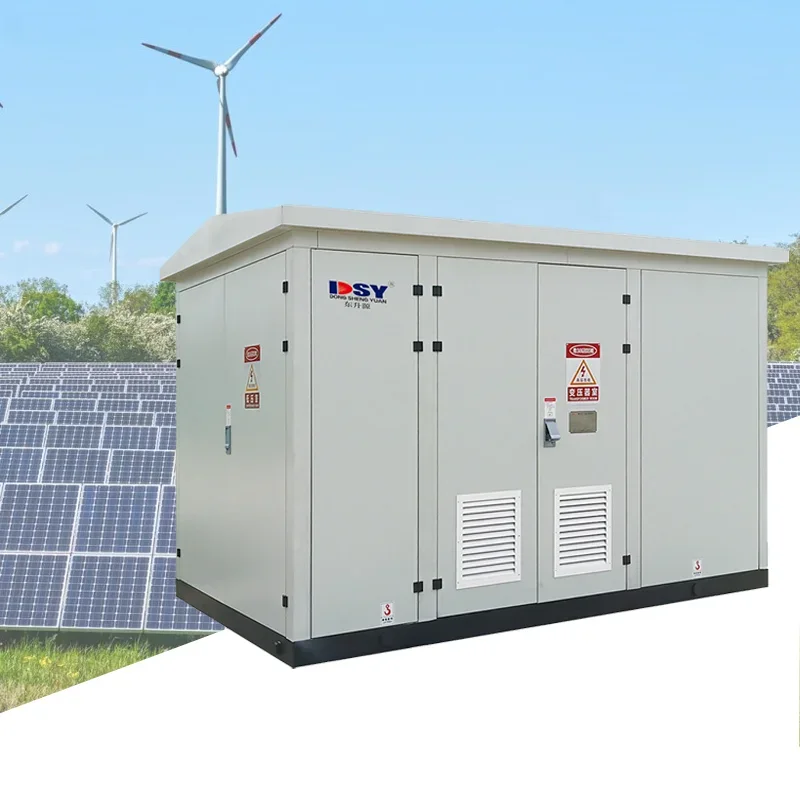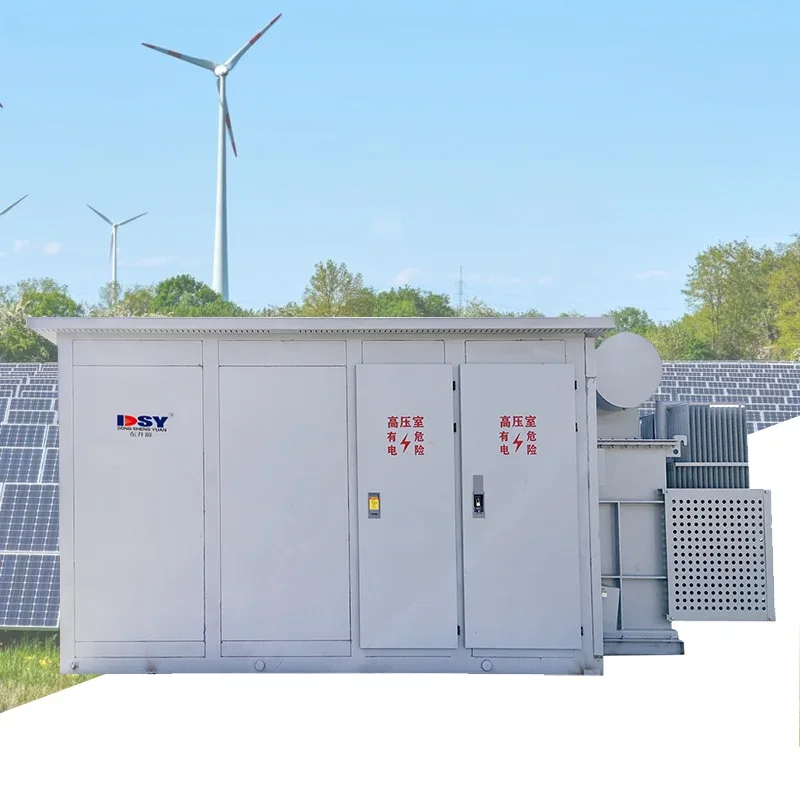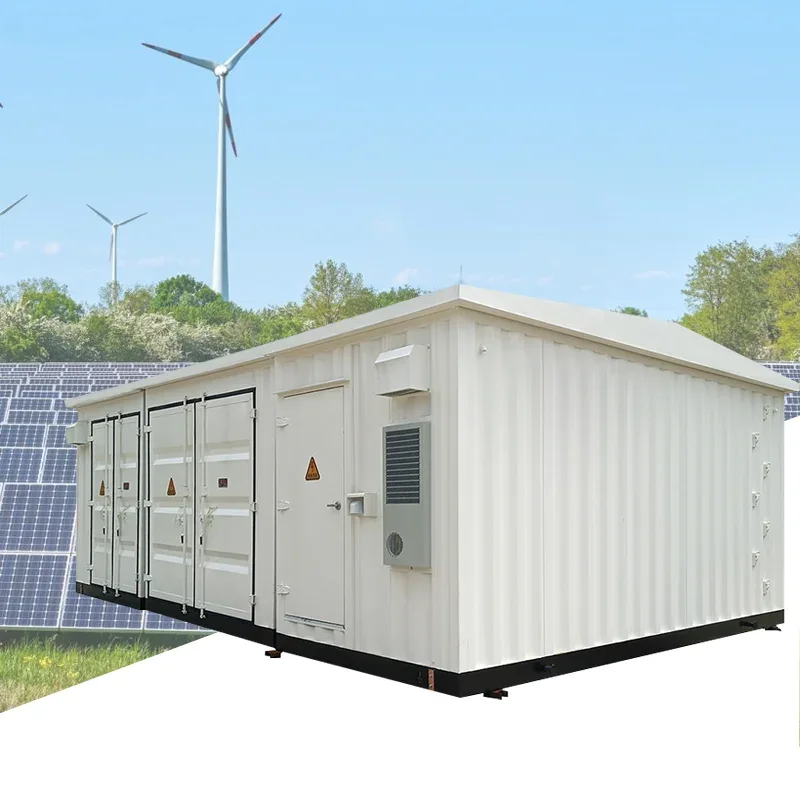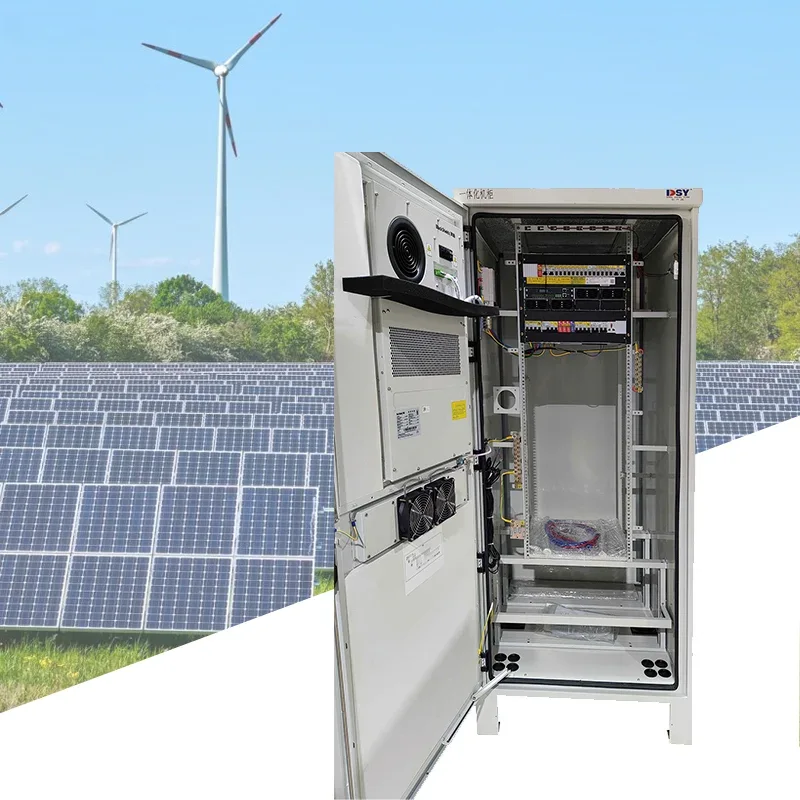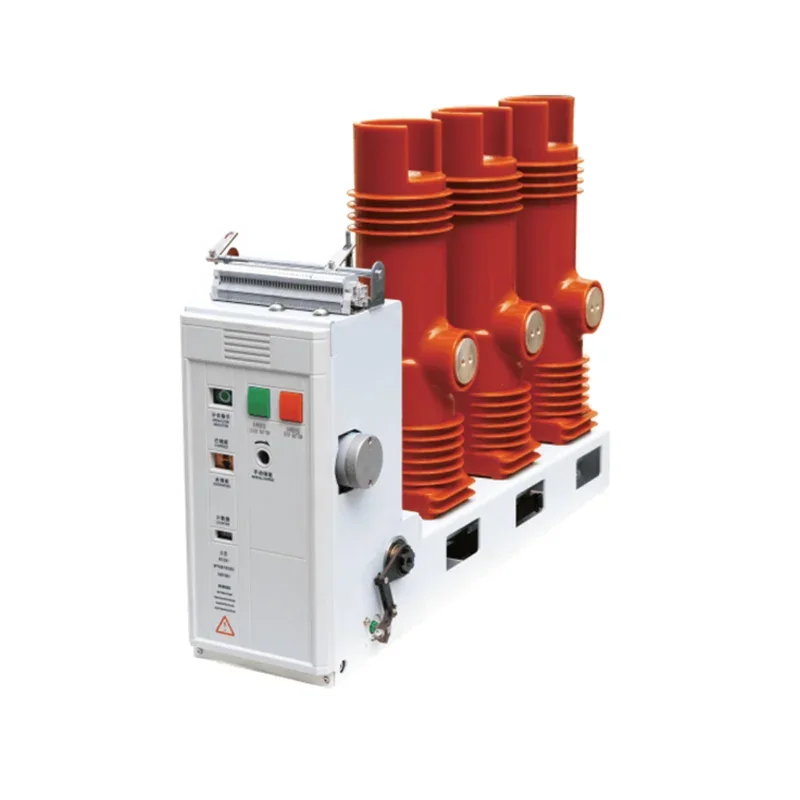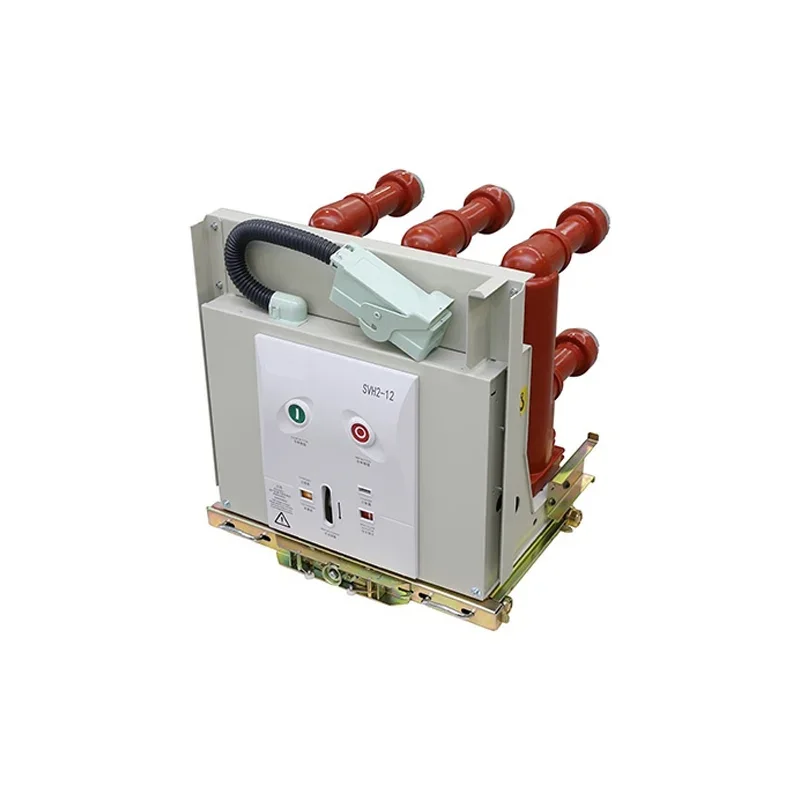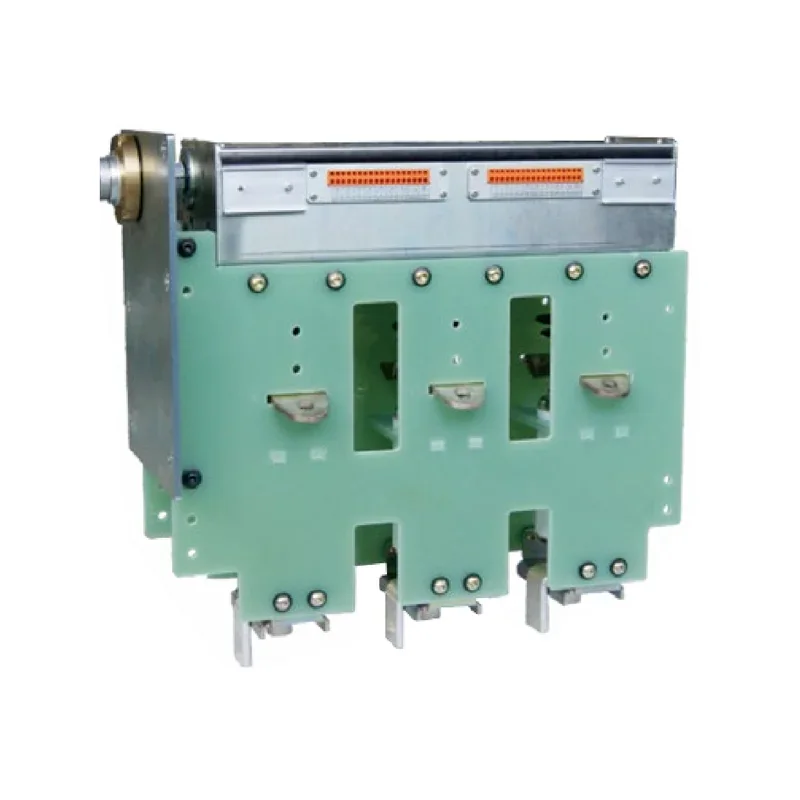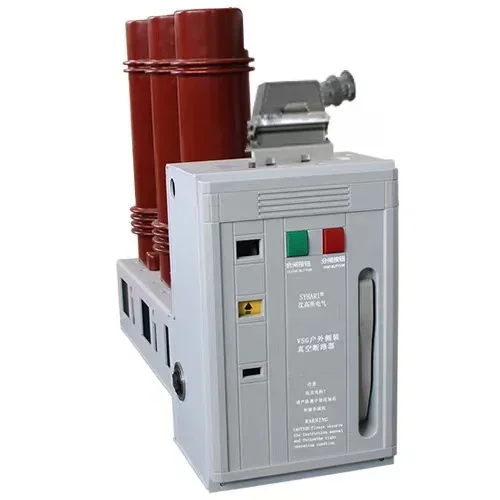Understanding Distribution Equipment: The Backbone of Electrical Systems
Distribution equipment serves as a critical component in electrical systems, functioning to transfer electric power from transmission networks to end-users. This equipment is essential for managing and distributing electricity safely and reliably, making it a fundamental aspect of modern infrastructure. The term "distribution equipment" encompasses a variety of devices, including transformers, cir
Jul 04,2025
One of the most common types of distribution equipment is the distribution box. A distribution box, often located at the point of use, is used to distribute electrical supply to various circuits within a facility. It serves three primary functions: protection, control, and distribution. The protective features of a distribution box include circuit breakers or fuses that help to prevent overloads and short circuits, thereby safeguarding both the equipment and users. Additionally, these boxes allow for easy control of the electrical circuits, enabling maintenance and troubleshooting without excessive downtime.
When selecting distribution equipment, several factors should be considered. First and foremost, it is crucial to assess the load requirements of the electrical system. The capacity of distribution equipment must align with the power needs of the facility to prevent failures. Furthermore, understanding the application environment is vital. For instance, equipment used in industrial settings may require weatherproof or explosion-proof features, while residential applications might prioritize aesthetics and compact size.
Another important consideration is compliance with relevant safety standards and regulations. Adhering to national and international standards ensures that the distribution equipment is safe for use and minimizes the risk of electrical hazards. Regular maintenance and inspection of distribution equipment are also essential practices to prolong its lifespan and ensure optimal performance.
In conclusion, distribution equipment is indispensable in managing the flow of electricity effectively and safely. Understanding its various components and their functions, particularly distribution boxes, can greatly enhance the reliability of electrical systems. By considering factors such as load requirements, application environment, and safety standards, individuals and organizations can make informed decisions when selecting the right distribution equipment for their needs. Investing time and resources into understanding and maintaining this equipment is critical for any electrical system's success.
Related News
The difference between circuit breakers and vacuum circuit breakers
Circuit breaker is an abbreviation for pole type circuit breaker. Circuit breakers are also vacuum circuit breakers
Voltage regulators are required for various places that require voltage control, such as controlling lighting

